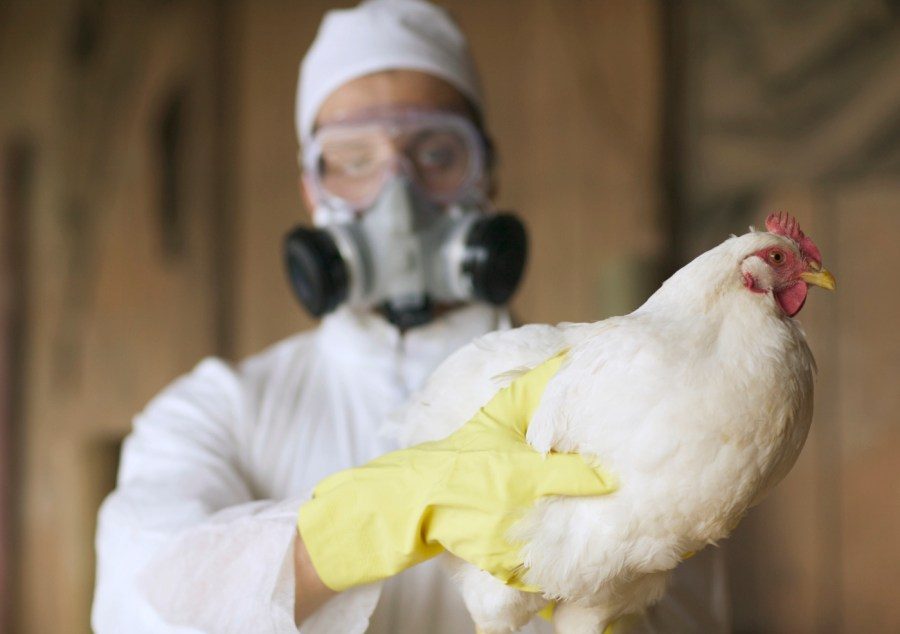The number of people infected with bird flu in the U.S. has risen to at least 31, federal health officials said Thursday, but there is no evidence of human-to-human spread after blood tests confirmed health workers in Missouri caring for a hospitalized patient were not infected.
Speaking to reporters during a briefing, Centers for Disease Control and Prevention (CDC) officials said multiple tests confirmed five symptomatic health workers did not have any evidence of infection.
All five reported flu-like symptoms after caring for the hospitalized patient. But officials stressed that the findings show there was no human-to-human spread between the patient and health workers, easing fears among researchers and public health experts.
However, officials said a household contact of the initial patient had mixed results from their blood test. The individual had antibodies to the H5N1 virus, suggesting a previous exposure or infection, but did not clear the bar set by the World Health Organization to be considered a confirmed case.
State and federal investigators don’t know how the initial person got infected. But the fact that both individuals had identical symptom onset dates supports a single common exposure, rather than person-to-person transmission, officials said.
Demetre Daskalakis, director of CDC’s National Center for Immunization and Respiratory Diseases, said he suspects both people were infected by exposure to an infected animal or animal product.
“Something’s under the surface there, they’re likely exposed or were infected with H5N1. Just because they don’t meet that case definition, I think we do have the immunologic finding that is suggested,” Daskalakis said.
Still, the number of confirmed human cases is at 31 and rising. Cases have been confirmed in Texas, California, Colorado, Michigan, Missouri and Washington state, which just confirmed two cases among poultry workers and five others who were presumed positive. There will likely be more.
All of the individuals reported mild symptoms, including conjunctivitis, and were offered antiviral drugs including Tamiflu, said Nirav Shah, CDC principal deputy director. Some of these individuals had mild respiratory symptoms.
“These numbers of confirmed and presumptive cases will certainly shift as more cases are potentially identified in Washington state and then confirmed at the CDC,” Shah said.
Shah said CDC teams are on the ground in California, Michigan, Colorado and Washington after state officials invited the agency to help.
“The identification of these additional cases of H5 in people with exposures to infected animals does not change CDC risk assessment for the general public, which continues to be low,” he said.
With the exception of Missouri, all other cases have been among people who were exposed to infected poultry or dairy cattle.
Tests showed the virus among poultry workers in Washington was distinct from what is circulating in dairy cattle.
As of Thursday, a total of 137 California dairy herds have tested positive for H5N1 since the initial detection in late August, making California the hardest hit state in the country. The Department of Agriculture has confirmed infections in 339 herds in 14 states.

